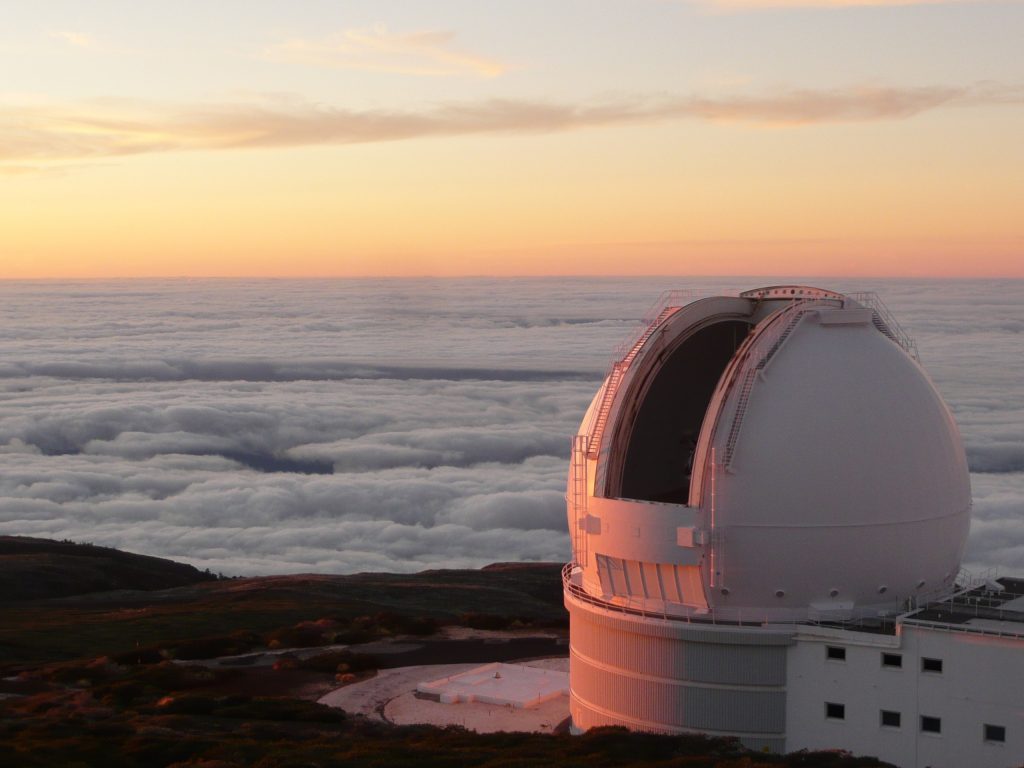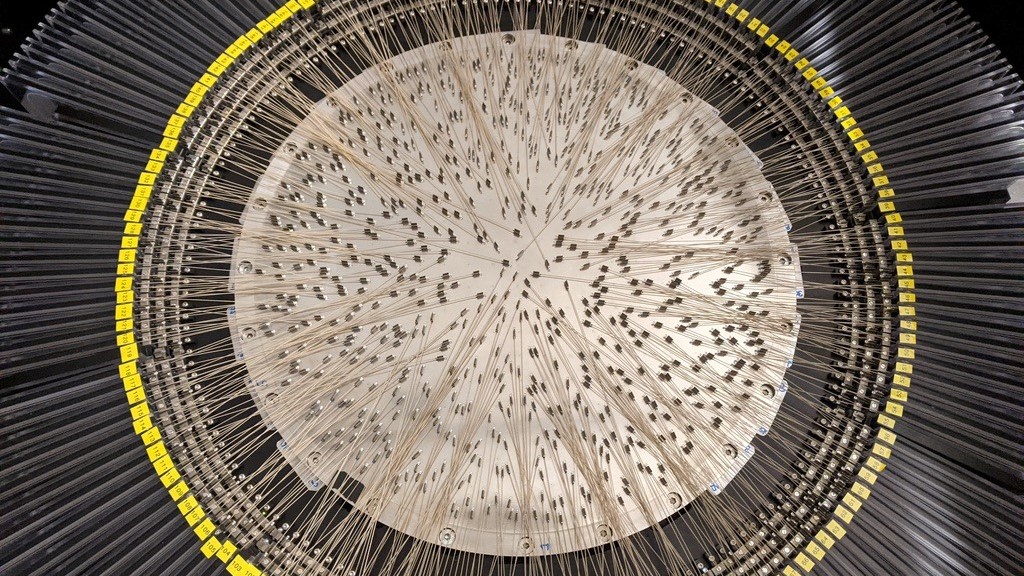The European William Herschel telescope on La Palma will soon be able to measure the colors and speeds of stars even more accurately, thanks to a woven spectrometer from Groningen.
How fast does a star move? It sounds like a silly mystery, but it’s a serious question for astronomers who want to know how the Milky Way works. The 100 to 400 billion stars in our galaxy move criss-cross relative to each other as they orbit around the Milky Way’s center. Those who can map that movement may be able to calculate where the stars once formed.
The new measuring instrument WEAVE, with input from Groningen, should be used by the Dutch-British-Spanish William Herschel Telescope on the Canary Island of La Palma help to map these star orbits even better. In recent months this spectrometer has been installed on La Palma, reports a team of astronomers and technicians led by Scott Trager (Kapteyn Institute, University of Groningen).
Also read:
Woven Fiberglass
With some tricks and tricks in the abbreviation, WEAVE stands for the William Herschel Telescope Enhanced Area Velocity
Explorer. The device unravels starlight with high precision into different colors: spectra, in technical terms. That color information allows astronomers to determine whether stars are moving toward or away from Earth, just like you hear an ambulance siren higher or lower as it passes. The colors in starlight also reveal which elements are in the star, because each atom emits its own characteristic light.
Thanks to a loom of hundreds of fiber optic cables, WEAVE can monitor more than 900 stars simultaneously. “Each fiber looks in a different direction, at a different part of the sky,” explains WEAVE project leader Scott Trager by email. “In addition, with two robots on the edge of the device, we can pick up all the fiber optics within 55 minutes and turn it in a different direction, so that they catch light from a different direction and thus look at other stars.”

Meetcampagnes
Over the next five years, WEAVE will collect tens of millions of spectra of stars and galaxies. That data can, for example, be linked to data from the radio telescope PROMISES or from the space satellite Gaia. The combined data should give astronomers more insight into how our Milky Way formed, how its stars evolved and how other galaxies are composed.
Trager: “We have planned eight measurement campaigns in total, three about the Milky Way and five that look further into the universe.” In addition to determining the velocities of stars – and their original positions in the Milky Way and nearby and distant galaxies, WEAVE helps to understand how massive stars form and die, and how galaxies change over time. “We may even be able to figure out where there is invisible dark matter in the Milky Way or how it influenced the formation of galaxies in the early days of the Universe,” Trager looks ahead.
Coronavertraging
Trager and his colleagues will have to be patient for a while, because WEAVE is not quite ready for use yet. In the next two to three months, so-called science verification tests will follow. After that, astronomers from around the world will be able to use the telescope. “Due to travel restrictions due to the coronavirus pandemic, installing and running standard tests all took a little longer than planned, but now we can really get started.”
Sources: Press release, WEAVE partnership, Scott Trager
Image: Close-up of the heart of WEAVE with 700 of the total 950 glass fibres. The yellow ring is about 60 centimeters wide. © Gavin Dalton / Oxford University / STFC
–


:quality(80)/cdn-kiosk-api.telegraaf.nl/78ab3d6a-e3c7-11eb-96ca-0217670beecd.jpg)